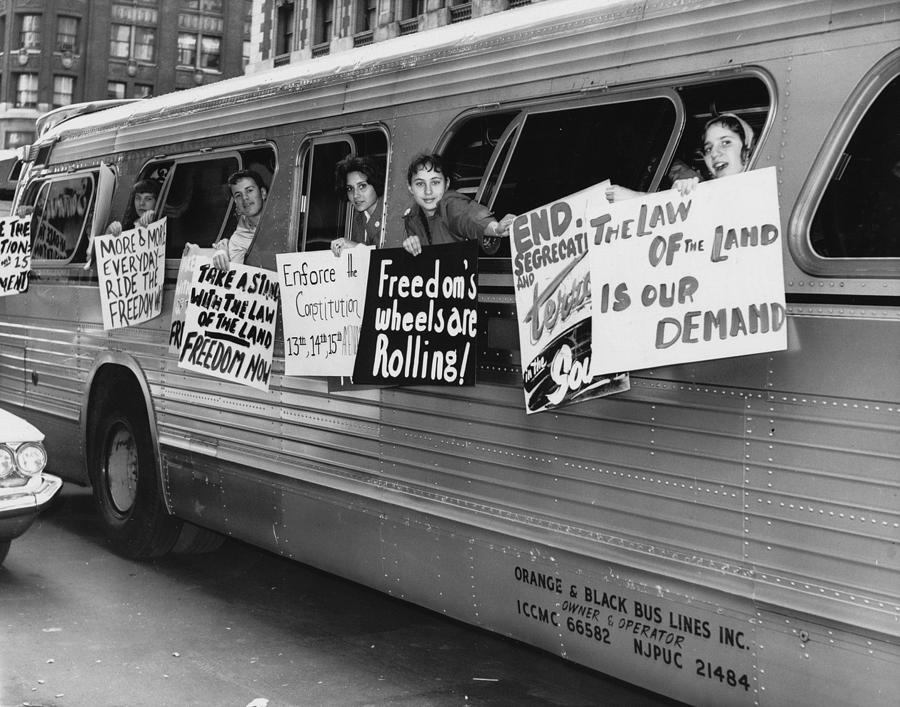

It allows students to learn something about the grassroots protests against segregation and exclusion, the reaction of Alabama and Birmingham officials, and President Kennedy's public response-a renewed commitment to civil rights.įinally, the 1963 March on Washington remains a touchstone of the Civil Rights Movement, and the "I Have A Dream Speech" will be familiar to teachers and students. The second activity revisits the famous Birmingham Movement of 1963. In this case, the Kennedy Administration finally acted in defense of individual rights at the risk of offending powerful Southern politicians. It demonstrates the critical role of activists in pushing the Kennedy Administration to face the contradiction between its ideals and the realities of federal politics. The first part of this lesson focuses on the Freedom Riders.

This lesson will help students learn more about these members of the grassroots civil rights struggle through the use of primary documents, audio sources, and photographs. This lesson is no exception however, it will also look at less well-known members of the civil rights struggle: those whose courageous actions triggered a federal response.

Most lessons on the 1960s Civil Rights Movement focus on key national leaders such as Martin Luther King Jr., Malcolm X, and President John F. Charles Person, "My Reflection of Years Gone By" The lumps and bruises on my head are a daily reminder of my commitment and my obligations." "I was an original 'Freedom Rider.' I was attacked and beaten by the Klu Klux Klan in Alabama and I walked among the giants of the Civil Rights Movement and I felt at home.


 0 kommentar(er)
0 kommentar(er)
